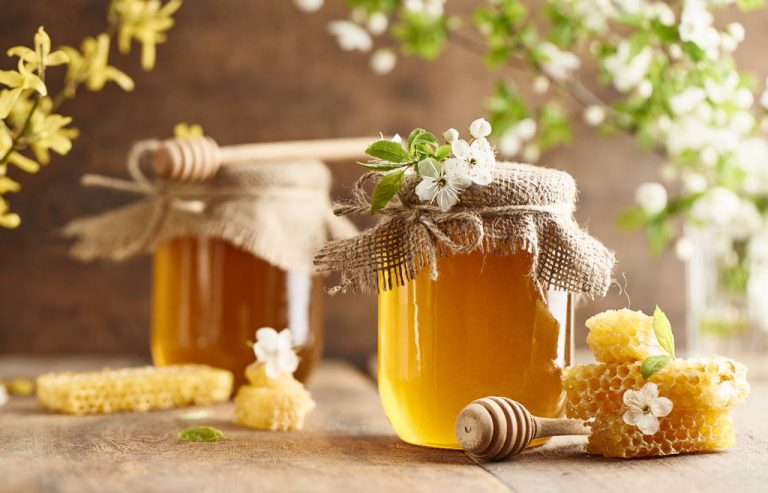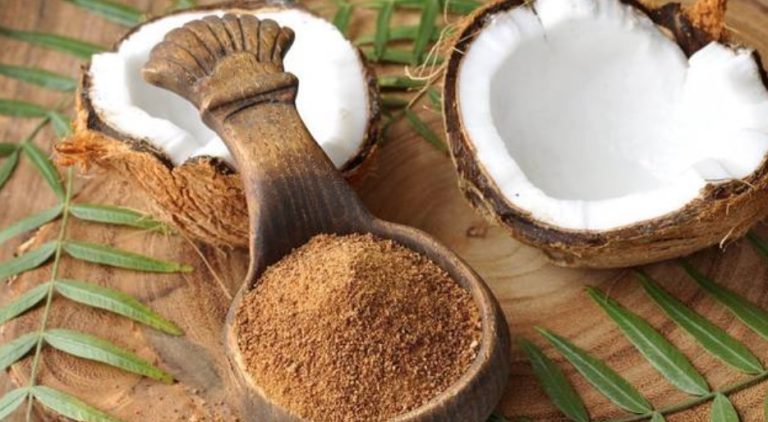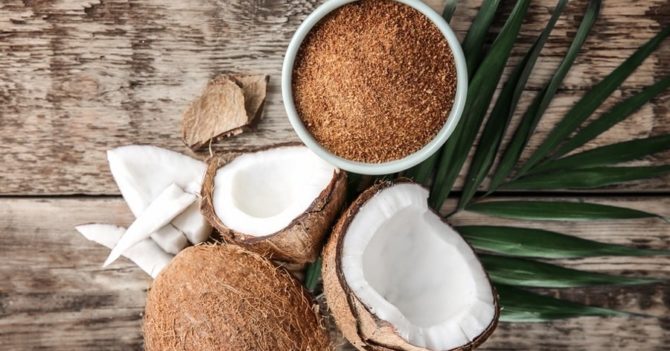Forest and blossom honeys are indispensable in many households. But how are the two different? Is forest honey healthier?
Overall, both blossom and forest honeys are considered healthy. But forest honey is said to be even healthier due to its sucrose content and its higher content of minerals, trace elements and essential oils. what’s up
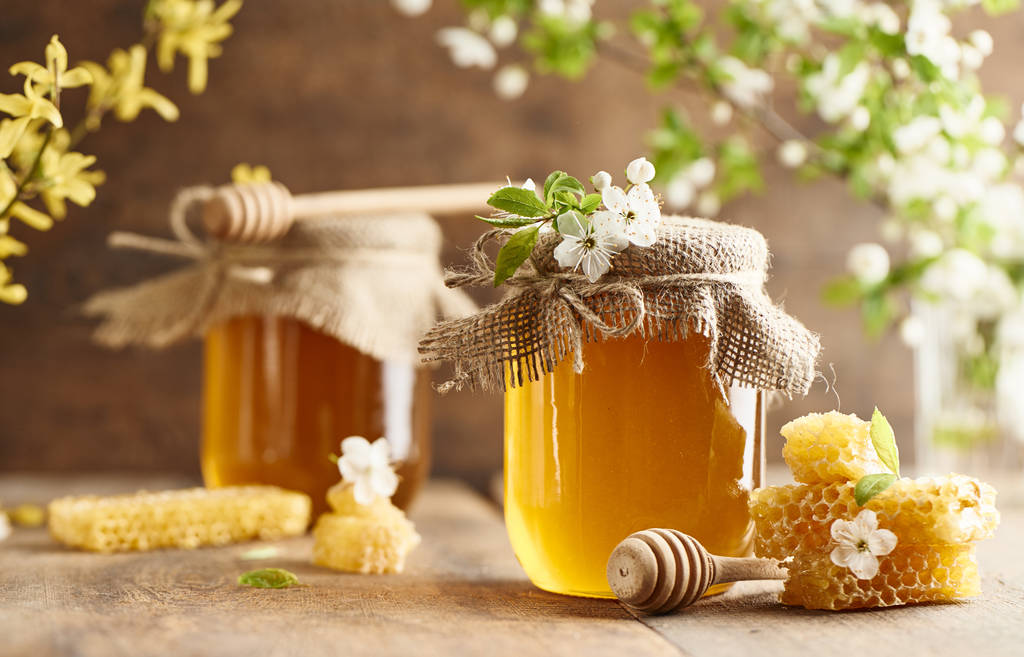
Forest honey and blossom honey in comparison
Honey is a popular and valuable product that can be found in many homes. Honey is not only used as a sugar substitute, but can also be used for diseases such as liver diseases. Forest honey in particular should also be able to counteract infectious diseases.
Forest honey consists mainly of honeydew that bees collect from deciduous and coniferous trees, for example from insect secretions. It is therefore one of the so-called honeydew honeys – just like fir, leaf and spruce honey – and its color is more in the dark range. The color can range from brown or greenish-brown to almost black. These characteristics distinguish it from flower honeys, which include, for example, lime and acacia honey. These generally come from the nectar of flowers and are colored in the light range – from yellow to brown. They are usually a little sweeter and have a finer taste than forest honeys, which usually have a strong, malt-spicy aroma and, despite their firmer consistency, remain liquid longer than blossom honey.
Important: Since honey loses many enzymes when heated, it is advisable not to add it to hot drinks or use it in baking. It then loses its effectiveness. That is why high-quality honey is usually obtained by cold centrifuging.
Forest honey: is it the healthier alternative?
Overall, honey is considered healthy. It is said to have anti-inflammatory, antibiotic and anti-allergic effects. Compared to blossom honey, forest honey is considered healthier because it contains less glucose and fructose than blossom honey. It should also contain more minerals, trace elements and essential oils and have a strong antibacterial effect.
Info: Even if forest honey is considered to be healthier, an Austrian study from 2007 showed that blossom honey has a better effect on free radicals, i.e. harmful metabolic products, compared to forest honey. This is probably due to the higher flavonoid content in honey.
Attention: Although honey is generally considered healthy, one should not forget that it consists of approx. 70% fructose and glucose and contains approx. 77 kcal per portion (25 g) and is therefore also critically discussed as a sweetener or sugar substitute . Diabetics in particular should be careful when consuming honey, as it, like table sugar, leads to a rapid rise in blood sugar levels. It is also important for people with fructose intolerance and with an immune deficiency to be careful when consuming honey. Honey is generally not recommended for babies and small children.
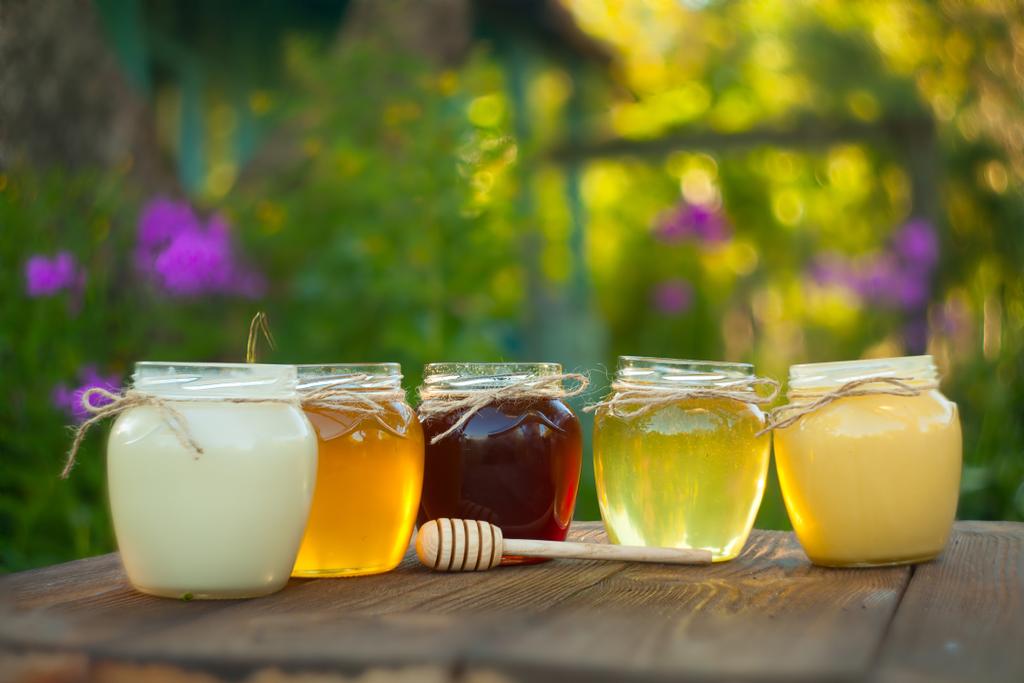
Conclusion: the quality of the honey is crucial
A distinction is made between blossom and forest honeys. Flower honeys are obtained from the nectar by the bees, while for forest honeys the bees collect plant secretions and secretions from insects that feed on plant sap. Due to its higher fructose than glucose content and higher content of minerals, trace elements and essential oils, forest honey is considered healthier than blossom honey. However, blossom honey is said to be more effective against harmful free radicals.
Due to the sugar content, honey – regardless of the variety – should only be consumed in moderation. Overall, both types, both forest and blossom honey, are considered healthy and anti-inflammatory.

